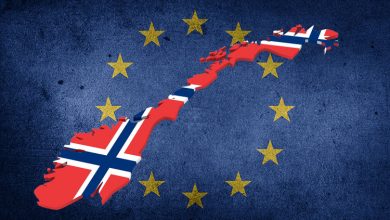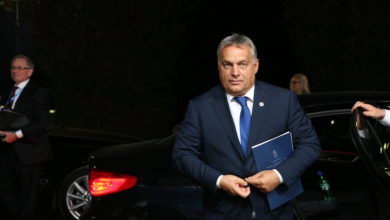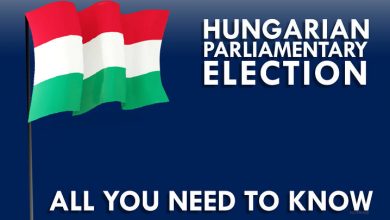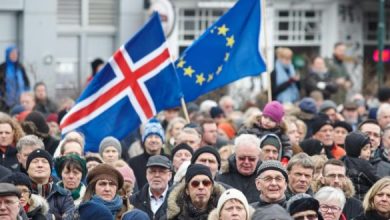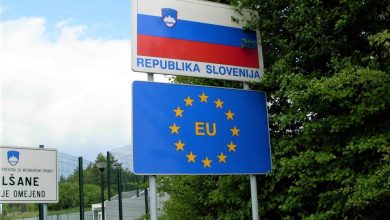The Other Side of Europe: Belarus

‘The Other Side of Europe’ is an article series providing information about the EU European (geographically or culturally) neighbour countries located between Eastern Europe and the Caucasus. It follows a series in which we explored opportunities for future enlargement. In this second instalment, we will look at Belarus.
Geography and Culture of Belarus
Belarus shares a border with multiple European countries: Russia, Ukraine, Poland, Belarus, Lithuania and Latvia. Belarus spans across 207,595 sq. km, with a population of only 9,491,800 citizens. Over 40% of its national territory is made of forests.
The city of Minsk serves as the administrative capital of the Commonwealth of Independent States (CIS). It is also considered the cultural centre of Belarus. The city has a long history shared with many different countries: during the 13th and 14th century, all Belarusian territory became part of the Grand Duchy of Lithuania. This annexation represented the first time that the nine principalities covering the territory of present-day Belarus knew economic and political union. Minsk quickly outshone the other eight principalities, and when Lithuania became joined to Poland, the city served as the hub of the Minsk Voivodeship, in the Polish-Lithuanian Commonwealth.
Culturally, however, these years were characterised by a gradual polonisation of both Belarusians and Lithuanians. The process kicked into high gear in 1696, when Polish replaced Ruthenian as the official language in the Voivodeship. Polonisation came to an abrupt end during the Partitions, with Minsk (and the rest of Belarus) being summarily annexed by the Russian Empire in 1793.
In the wake of this annexation, Belarus traded one master for another, and the region was subject to intensive russification over the first decades of the 19th century. The Belarusian language was banned from public schools, and Tsar Nicholas I forced those who had converted to Catholicism during the Polish domination to convert to the Orthodox faith again. The Empire softened its stance in 1863, in the wake of a popular uprising led by Konstanty Kalinowski. The use of Cyrillic was allowed again, and from 1905 official documents could be published in Belarusian as well.

Several aspects of Belarusian culture reflect its complex history of foreign dominations. Belarusian cuisine, for example, has a visible Ruthenian influence, but some dishes like lazanki and grated potatoes are of clear Polish origin. The former is linked to the Italian lasagne, thanks to the huge influence of Italian and French cuisines on the Polish aristocracy. A separate Belarusian cuisine started to develop only after World War II, under the communist regime. Many dishes were renamed or reinvented under the Soviet aegis in order to establish a new national identity through food. As a consequence, present-day Belarusian cuisine is heavily influenced by Soviet and Russian traditions.
Society and Religion
Belarus is a multi-ethnic country. Belarusians nevertheless comprise the vast majority of the population, coming at 83.7% in the official census. Unsurprisingly, Russians are the biggest minority (17.3%), with Poles a distant third (0.6%), followed by Ukrainians (0.5%). Other ethnic groups include Jews, Armenians, Romanians, Tatars, Romani, Azerbaijanis and Lithuanians. Most of the Poles currently residing in Belarus still live close to the country’s borders with Lithuania and Poland. The median age is foreseen to increase to between 60 and 64 in 2050. About 48% of the population is Orthodox, while 7% is Catholic. A large part of the Belarusian population (41%) declare themselves as non-religious or unaffiliated.
Belarus’s two official languages are Russian and Belarusian, with the former being the most common language used at home – by some 70% of the population. Belarusia is officially the country’s primary language, but centuries of imperialism have taken its toll, and the language is now spoken at home by 23% of Belarusians. Minorities also speak Polish, Ukrainian and Eastern Yiddish. Belarusian, although not as widely used as Russian, is the mother tongue of 53.2% of the population, whereas Russian is the mother tongue of only 41.5%.
Economic Context
Belarus has a good industrial base and a high education level, although a share of national economic activity is still centered on agriculture. The country is endowed with significant mineral resources, like rock and potassium salt, clay, sand and chalk. Forests account for almost a third of the land, and lumbering is another crucial sector. After 1994, Lukashenko, the first President of Belarus, launched the idea of the “market socialism”, in opposition to what he considered as the “wild capitalism” rampaging through other post-Soviet republics. As a consequence, most of the economy in Belarus remains in the government’s hands. Belarus’ primary export market and commercial partner remains Russia, in a one-sided relationship that is frequently weaponised by the Kremlin.

The United Nations Human Development Index classifies Belarus as a state with “very high development” due to a number of factors. Belarus enjoys a very low mortality rate (2.9, considerably lower than the 6.6 of neighbouring Russia), a literacy rate estimated at 99% and a rate of doctors at 40.7 per 10,000 inhabitants. Between 2001 and 2005, Belarusian GDP grew at an average rate of 7.4%, a growth primarily fuelled by industrial development, as well as a surge in agricultural exports. Potatoes, flax, hemp, sugarbeets, and rye have all seen considerable growth on foreign markets.
Belarus is also a net energy importer, with most imports taking the form of Russian oil and gas. Nevertheless, due to the financial crisis of 2008, the Belarusian economy suffered a serious setback. In 2001, the inflation rate reached 108,7%. In 2015, Lukashenko made unemployment a finable offense: residents who do not pay their taxes for at least 183 days a year have to pay an unemployment fee. Contrary to government expectations, this policy has not resulted in higher employment.
State of relations between Belarus and EU
Diplomatic relations between the European Union and Belarus began after the then-European Community granted diplomatic recognition to newly-independent Belarus in 1991. With the rise to power of current president Alexander Lukashenko in 1994, the relationship deteriorated. The EU issues frequent condemnations on the dictatorship in Minsk over its authoritarian policies, and has subjected it to a regime of economic sanctions.
The nadir in bilateral ties was reached in 2010, when Lukashenko was confirmed president in disputable presidential elections that saw him gain a voting share of almost 80%. After his victory, mass demonstrations hit the streets of Minsk, and Lukashenko reacted by having protesters arrested, The EU reacted to this crackdown by imposing new targeted sanctions, declaring that the imprisonment of protesters and opposition representatives violated human rights. From 2015, however, the EU suspended most of the sanctions and Belarus is still a member of the EU’s Eastern Partnership.

The Road Ahead
It is hard to make predictions about the future of EU-Belarusian relations. The context is complicated by the deep ties between Belarus and Russia, and the ongoing standoff between Brussels and Moscow will undoubtedly reflect on European ties to Belarus. It is also unclear what Russia’s future plans for its neighbour are.
In 2019, Russia introduced a new fiscal law restricting the export of gas and oil to Belarus, and hiking taxes on said exports, in an obvious attempt at squeezing Lukashenko. This caused the Belarusian dictator to verbally lash out at Russia, rhetorically asking why the Kremlin was so eager on losing the only friend it had left in the Western Hemisphere. The new taxes will cost Belarus 3.5 billion dollars over the next five years. Due to its dependency on Russia and its relative diplomatic isolation, though, Belarus doesn’t have much in the way of alternatives.
The Union State – formally a regional integration project between Russia and Belarus – has not been questioned, and with Russia’s aggression against Ukraine, as well as its renewed efforts at Eurasian integration, continued Belarusian independence is not a certain prospect. Even if this comes short of full annexation, the risk that Belarus will be sucked further away from Brussels’ orbit is therefore very real.

